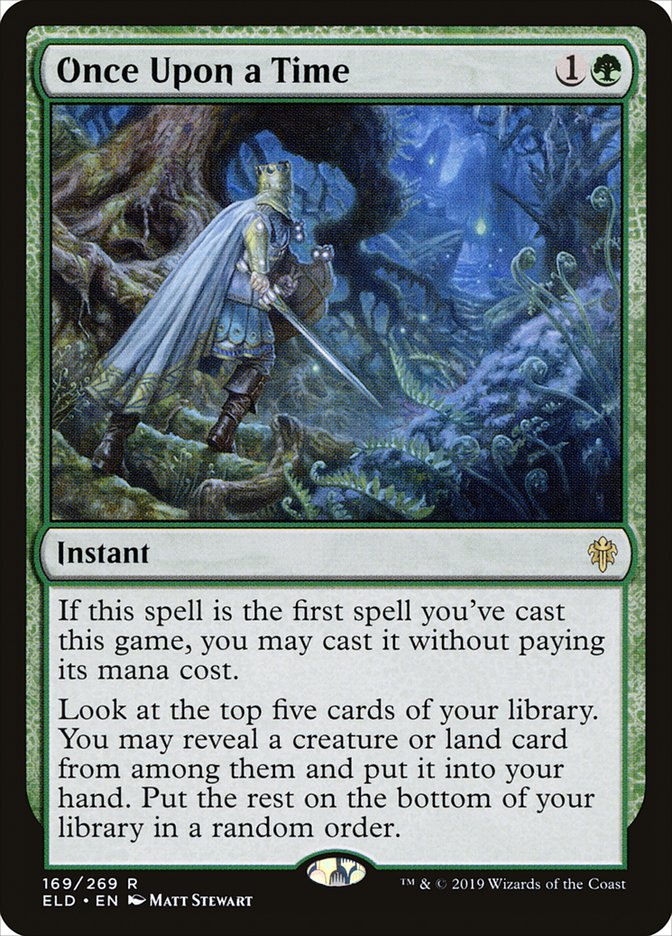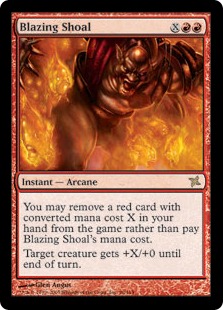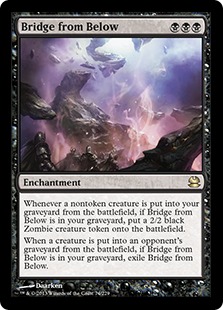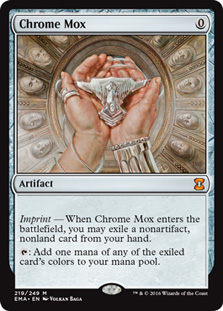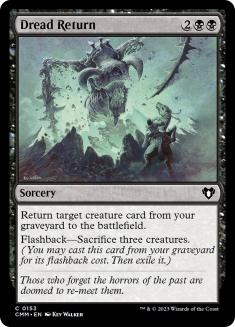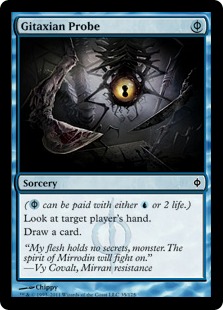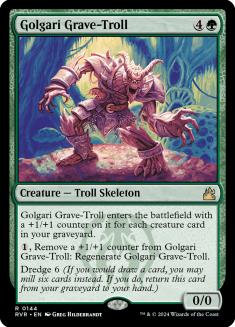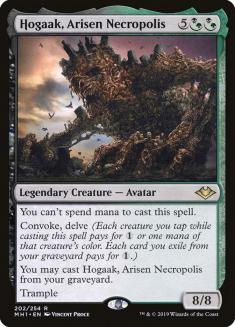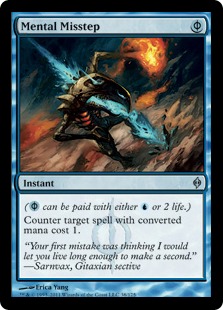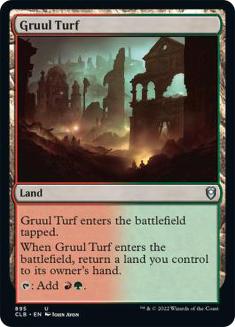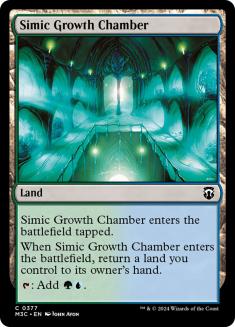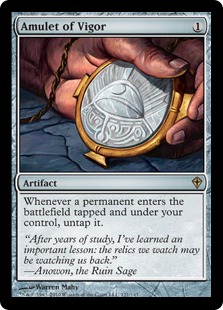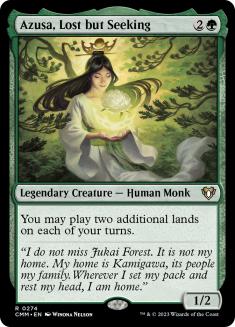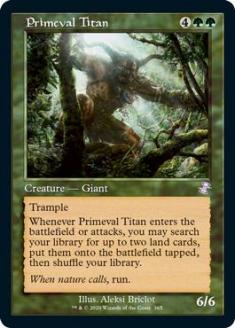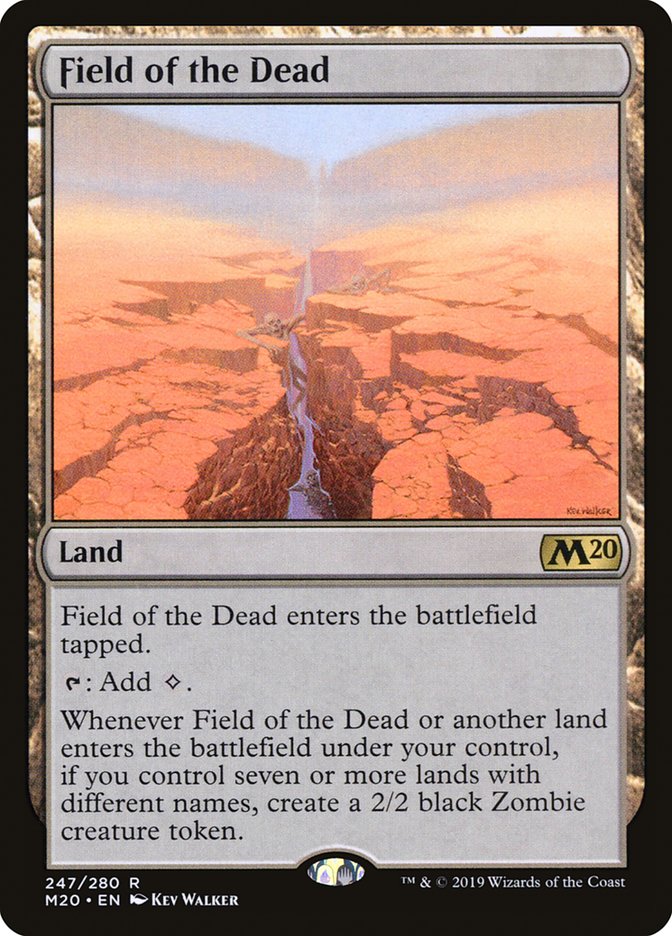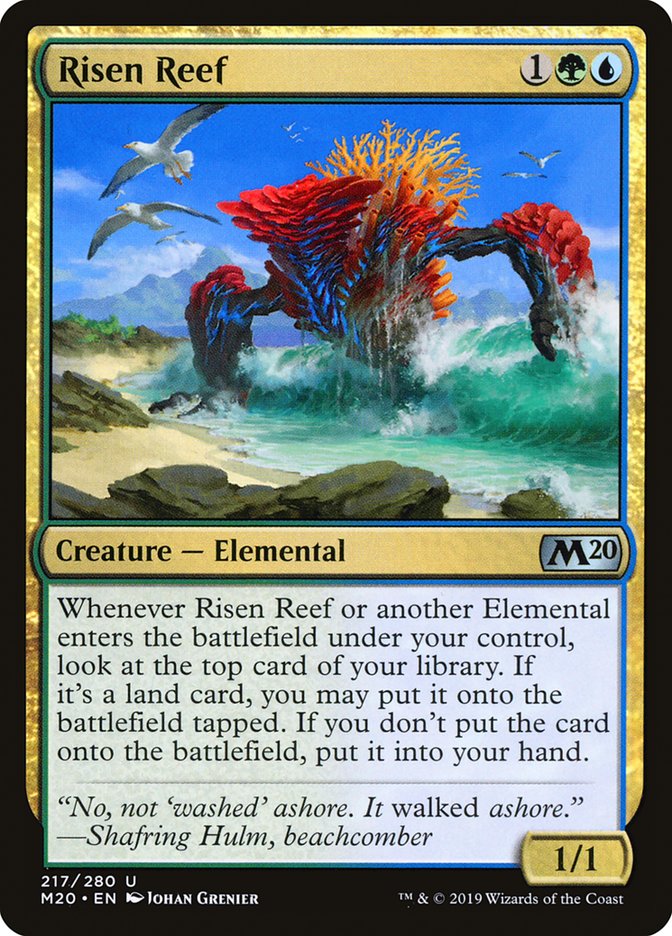I finally feel like I’m starting to reach these kids.
@BryanGo
If it’s free its me. pic.twitter.com/yPcprpU5bK—
Noah (@NoahMTG) September
9, 2019
I don’t know if I deserve partial credit for jamming my new catch phrase
down every Arena Decklists listener’s throat, but reactions to the latest
free spell have, for once, been entirely appropriate. Everyone is
justifiably terrified.
Let’s take a little stroll down Modern’s banned list, shall we?
Notice any similarities here? These are all cards that have a tremendous
impact on the game absent any expenditure of mana. We could go broader and
look at cards that leave you plus mana such as Rite of Flame, Seething
Song, Krark-Clan Ironworks, Summer Bloom, and so many more, but I think you
get the picture. Cheating on mana messes with the game of Magic, often in
extremely problematic ways. Once Upon a Time is cut from the same cloth,
and directly slots into the scariest decks in the Modern format.
Don’t read this as me doing something silly like calling for pre-emptive
bans. Anyone making such claims doesn’t understand how heavily context
factors into card playability, and even if the raw rate of Once Upon of
Time pushes into unacceptable realms, it does come saddled with
limitations. The first is a sharp drop off in effectiveness for multiple
copies. Obviously, only one copy of Once Upon a Time will get the free
spell buff, and an opener with multiple copies will pay a cost in mana
efficiency later in the game.
The second clear weakness is a pronounced power trough in the mid-game,
especially in Modern. While the card selection of Once Upon a Time will pay
tremendous dividends in a mana-rich late game, tacking two extra mana onto
a threat on Turns 2 or 3 is going to be enough to render that threat
virtually useless. Some reliability in mana access offsets this downside,
but there isn’t much wiggle room on those turns in a format as fast as
Modern.
Finally, we must consider that deckbuilding limitations implied by a card
like Once Upon a Time. Five cards deep means that Once Upon a Time will be
forgiving, but it still isn’t destined to slot everywhere. Minimum
requirements for creatures and lands are real, and I would argue that due
to the aforementioned mid-game mana inefficiency, decks with relatively
flat power levels or decks that rely on go-wide aggression may pass on Once
Upon a Time.
This means that there are some specific archetypes that are going to want
to leverage Once Upon a Time. For the most part, the hive mind quickly and
correctly identified what Modern decks have a buff coming their way.
However, thus far the hype level inversely matches the true scale of the
upgrade.
Creatures (18)
- 2 Autochthon Wurm
- 1 Wild Cantor
- 4 Allosaurus Rider
- 4 Simian Spirit Guide
- 4 Chancellor of the Tangle
- 1 Laboratory Maniac
- 2 Griselbrand
Lands (14)
Spells (28)
- 4 Nourishing Shoal
- 4 Serum Visions
- 1 Pact of Negation
- 4 Summoner's Pact
- 4 Manamorphose
- 4 Eldritch Evolution
- 1 Life Goes On
- 4 Neoform
- 2 Once Upon a Time
Sideboard

- Upgrade Hype: 10 out of 10
- Upgrade Reality: 2 out of 10
Neobrand is a deck with issues. It is as linear as possible, and completely
reliant on having an Allosaurus Rider on the battlefield to accomplish
anything. This means that additional virtual copies of Allosaurus Rider
will always matter. The question is, how much? I think the small
consistency upgrade that Once Upon a Time provides to this deck is unlikely
to dramatically move the needle in terms of overall matchup percentages.
Even if the deck has received a few points across the board, it doesn’t
change the fact that the present metagame is downright awful for Neobrand.
Force of Negation has rapidly become the key counterspell in the format,
and the default best deck still occasionally plays maindeck Grafdigger’s
Cage. Path to Exile is also trending upwards.
Neobrand is a frightening deck, and still one that almost certainly should
not exist, but the printing of Once Upon a Time didn’t unlock new play
patterns. It’s more of the same, with a slight upgrade from “not good
enough to see any play” and does not create a scourge of the format. If
your position is that “any Neobrand is too much Neobrand” I understand and
empathize with that take. I don’t think this deck is poised to take over
the format though.
Creatures (8)
Planeswalkers (6)
Lands (19)
Spells (27)

- Upgrade Hype: 8 out of 10
- Upgrade Reality: 4 out of 10
Once Upon a Time in Mono-Green Tron is only truly impactful as a free
spell, and even then, has a troublingly low number of meaningful hits – 27
in total, and fewer than twelve you can conceivably care about on early
turns. All cards in Mono-Green Tron should be viewed through the lens of
the three initial, critical turns, which almost necessarily must conclude
with an assembled Tron if you hope to win the game. If you get to a place
where you’re investing the output of your first two turns into just Once
Upon a Time (since you do not want to play this off a Forest and can’t play
Sphere or Star on the same turn) this card simply does not hit a high
enough percentage of the time. It also is flawed in how little of your
endgame it can effectively find once you have established your mana engine.
With only Ulamog, the Ceaseless Hunger, Wurmcoil Engine, and Walking
Ballista as non-land hits, I’m worried this card is going to come up a
virtual blank on all turns past Turn 1. Given green mana constraints,
giving up a colorless card like Relic of Progenitus is not as clear of an
upgrade to consistency as it may seem at first blush.
This is the home for Once Upon a Time I’m having the hardest time
unpacking. In a deck that boasts an incredible win-rate when accomplishing
its goals across the first three turns, I can see the upside of a new tool
to maximize success rate even if it’s extremely situationally variable. It
could be that you only want Once Upon a Time as a one-off, as given your
high mulligan rate you’ll still find it in many openers. This will mitigate
the pain of drawing a near-blank in the mid to late-game. I’ll be starting
with an aggressive three copies but expect to come down quickly.
Creatures (25)
- 4 Birds of Paradise
- 4 Devoted Druid
- 4 Noble Hierarch
- 4 Stoneforge Mystic
- 1 Walking Ballista
- 4 Vizier of Remedies
- 1 Shalai, Voice of Plenty
- 1 Deputy of Detention
- 1 Giver of Runes
- 1 Ranger-Captain of Eos
Lands (20)
Spells (15)

- Upgrade Hype: 5 out of 10
- Upgrade Reality: 6 out of 10
The Devoted Devastation Deck is in the category of decks that practically
needs a one-drop to succeed. Recent lists have been maxing out on copies of
Giver of Runes but playing Giver on Turn 1 commits you to a different style
of game in which you slowly attempt to assemble your combo. I’d rather
exploit some additional virtual copies of our one-mana accelerants that
have the potential to become combo pieces in the mid to late-game.
Stoneforge Mystic seems like a certainty at this point, functioning as a
kill condition and a way to make otherwise meaningless creatures somewhat
threatening. Lightning Greaves as combo protection is unquestionably cute,
but I’m willing to at least give it a try. I’ve also appreciated the slight
manabase stretch to pick up copies of Teferi, Time Raveler. It’s a more
proactive means of protecting the combo than those that have been used in
the past, and even installs a little card advantage in an archetype that is
otherwise somewhat lacking.
Presently, this deck sits somewhere below the top tier of Modern, and it’s
not really clear to me why. Perhaps additional access to Turn 3 kills was
the missing piece?
Creatures (14)
Lands (28)
Spells (18)

- Upgrade Hype: No one plays Amulet Titan anymore Bryan, please stop
- Upgrade Reality:
Finally, the nightmare is over. Those awful flex slots that routinely
contained Trinket Mages and Hive Minds and Explores and Goloses have been
filled by a real, honest-to-god Magic card. Amulet Titan plays 28 lands,
but nine of them are non-functional on Turn 1. This has historically led to
a high-volume of mulligans, and while Amulet Titan can overcome, it’s not a
whole lot of fun to do so.
Every Amulet Titan player has seen this opener:
Why does cruel fate tempt us with these hands which are just an untapped
non-bounce land away from a Turn 2 win with such stunning regularity?
Probably because our deck choice was poor, but that’s beside the point.
Now, we’ve got three more virtual lands to replace that redundant Primeval
Titan with, and then we’ve really got some complaint equity rolled up when
we miss that nineteen (twelve for the Turn 2 win) outer.
In all seriousness, Amulet Titan really is the perfect home for Once Upon a
Time. This is a deck with access to ample colored mana that is constantly
in search of a singular piece that will almost certainly win the game on
the spot. Once Upon a Time improves early explosiveness and top decks in
the late game. After months of mostly standing pat, Amulet Titan may have
gotten its dream card.
A few words on Once Upon a Time in Throne of Eldraine Standard.
We are presently facing rotation and have no idea what the rest ofThrone of Eldraine has to offer, so it feels premature to be building Standard decks.
Instead, I thought a bit about what Once Upon a Time’s use rate would look like in present Core Set 2020 Standard
if it just existed in say War of the Spark. You can make a case
that a large percentage of green decks in Standard would look to pick up
Once Upon a Time.
Field of the Dead decks are mostly air and especially as they have moved
towards Golos, Tireless Pilgrim, have been focused on a very few meaningful
cards. Starting Turn 1 with a tapped Field of the Dead can dramatically
improve future turns, and in the late game when mana is no longer an issue,
this card just becomes what you need. Every Llanowar Elf deck feels like it
has two vastly different modes of operation – one with Turn 1 Elf and one
without. Gilded Goose decks will feel similarly. Quasiduplicate plus
Cavalier of Thorns decks need their Elementals to get their engine running
and are included in the mash of Elf decks. Speaking of Elementals, the
tribal midrange builds live or die on the presence of Omnath, Locus of the
Roil, which dramatically outclasses everything else in the deck once you
reach a critical mass of lands. They also rely on Risen Reef early. All
these decks seem like prime candidates for Once Upon a Time.
Sometimes cards like Once Upon a Time require true play time to understand,
and we’ve certainly seen hype trains get derailed in the past. After all, a
cantrip that costs two mana only bears a passing resemblance to a cantrip
that costs one mana.
However, the same could be said of the contrast between zero-mana and
one-mana cantrips. In its best mode, Once Upon a Time is one of the
strongest Magic cards ever printed. I predict this raw power will cover up
for the mana inefficiency of its fair mode and add a new layer of
consistency will be installed in green decks across multiple formats.
Get your copies now.


